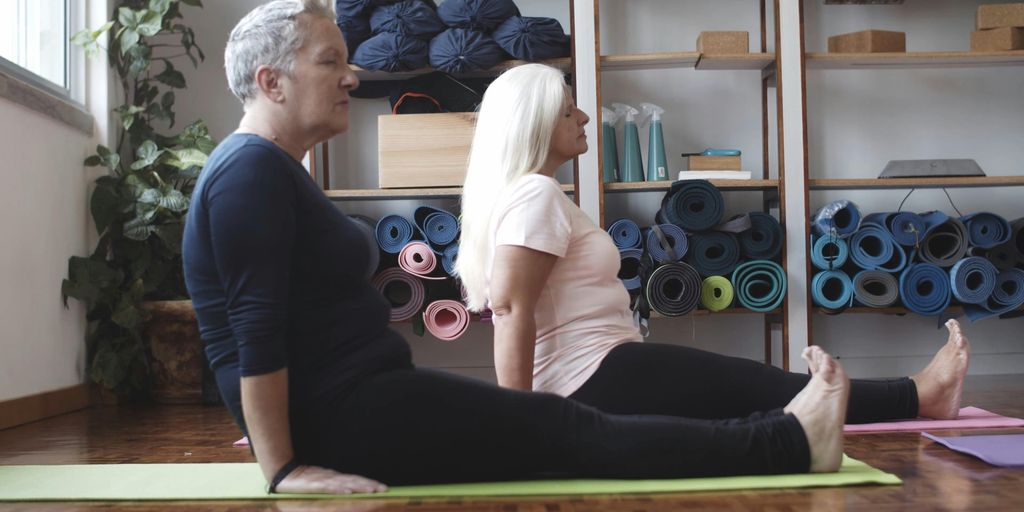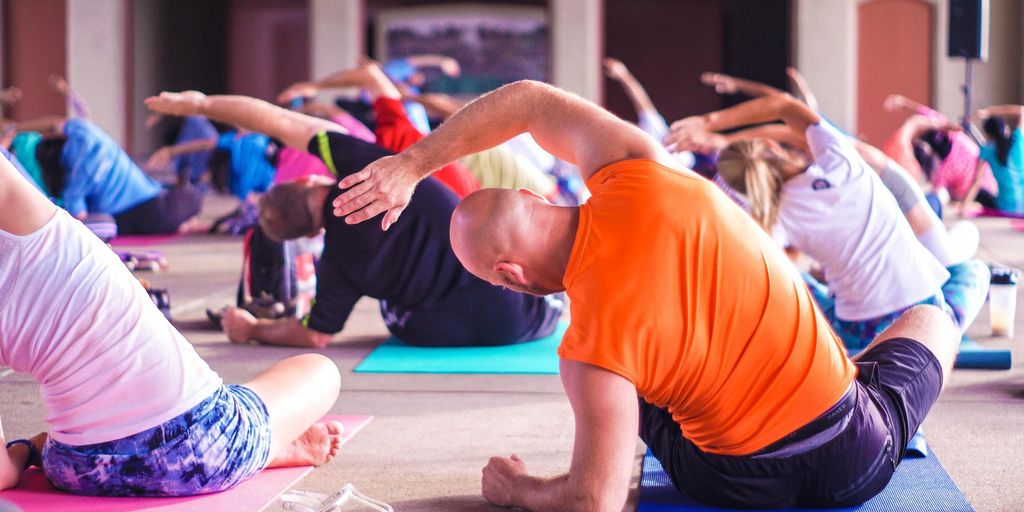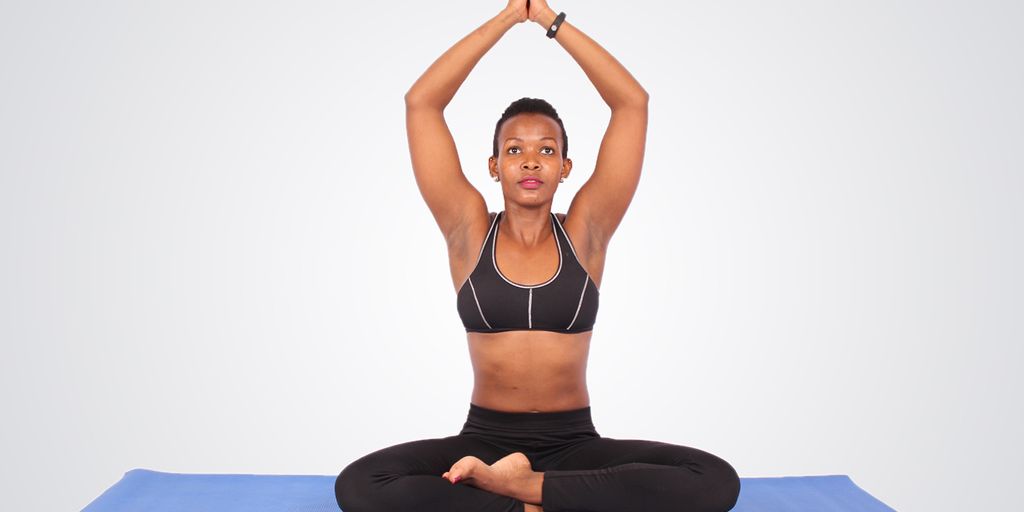
How to Clean a Yoga Mat: Step-by-Step Guide for a Fresh Practice
A clean yoga mat is essential for maintaining a healthy and enjoyable practice. Over time, sweat, dirt, and bacteria can accumulate on your mat, potentially causing unpleasant odors and even health issues. In this guide, we'll walk you through the steps to effectively clean your yoga mat, ensuring it stays fresh and in good condition for your practice.
Key Takeaways
- Regular cleaning prevents germ build-up and extends the life of your yoga mat.
- Use eco-friendly cleaning solutions to maintain both your mat and the environment.
- Deep cleaning should be done periodically to remove stubborn dirt and stains.
- Proper drying is crucial to prevent mold and mildew growth on your yoga mat.
- Follow the manufacturer's instructions to avoid damaging your yoga mat during cleaning.
Why It's Important to Clean Your Yoga Mat
Preventing Germ Build-Up
Regularly cleaning your yoga mat is crucial for maintaining hygiene. Sweat and dirt can accumulate, creating a breeding ground for bacteria and fungi. This can lead to unpleasant odors and potential skin infections.
Extending the Life of Your Mat
Proper maintenance can significantly extend the lifespan of your yoga mat. By removing grime and sweat, you prevent the material from breaking down prematurely. This not only saves you money but also reduces waste.
Enhancing Your Practice Experience
A clean mat provides a better grip and a more pleasant surface to practice on. This can enhance your overall yoga experience, making each session more enjoyable and effective. Consistency in cleaning ensures that your mat remains in top condition, supporting your practice for years to come.
Keeping your yoga mat clean is an essential part of your practice, contributing to both your health and the longevity of your equipment.
Materials You'll Need for Cleaning
To keep your yoga mat in top condition, you'll need a few essential supplies. Opting for a gentle cleaning solution ensures effective cleaning without causing damage to your yoga mat's material. Mild soap or a yoga mat cleaner diluted in water works perfectly.
Essential Cleaning Supplies
- Mild soap or yoga mat cleaner
- Spray bottle
- Soft cloth or sponge
- Water
Optional Add-Ons for Deep Cleaning
For a more thorough clean, consider these additional items:
- White vinegar
- Baking soda
- Essential oils (like tea tree or lavender)
Eco-Friendly Alternatives
If you prefer eco-friendly options, you can use natural ingredients that are both effective and safe for the environment:
- White vinegar and water solution
- Baking soda paste
- Essential oils for fragrance and antibacterial properties
Regular cleaning with the right materials not only keeps your mat fresh but also extends its lifespan, enhancing your practice experience.
Preparing Your Yoga Mat for Cleaning
Initial Inspection
Before you start cleaning, it's crucial to inspect your yoga mat for any visible damage or wear. Look for tears, holes, or any areas that might need special attention. This step ensures that you don't inadvertently worsen any existing issues while cleaning.
Spot Cleaning Stains
For stubborn stains, spot cleaning is essential. Use a gentle, natural cleaning solution to treat specific areas. For daily cleaning, it might be easiest to pre-mix a natural cleaning solution in a spray bottle for easily spraying your mat after your workout. This method helps in maintaining the mat's overall cleanliness without much hassle.
Choosing the Right Cleaning Solution
Selecting the appropriate cleaning solution is vital for the longevity of your mat. Avoid harsh chemicals that can degrade the material. Instead, opt for eco-friendly alternatives like a mixture of water and vinegar or a specialized yoga mat cleaner. This not only protects your mat but also aligns with a more sustainable practice.
Taking the time to prepare your yoga mat properly before cleaning can make a significant difference in the effectiveness of your cleaning routine and the longevity of your mat.
Step-by-Step Cleaning Methods
Cleaning your yoga mat regularly is essential for maintaining hygiene and ensuring a pleasant practice experience. Follow these steps to keep your mat in top condition.
Basic Wipe-Down Technique
- Prepare your cleaning solution: Mix a few drops of mild dish soap with warm water in a spray bottle.
- Spray the solution evenly across the mat's surface.
- Use a clean cloth to wipe down the mat, ensuring you cover all areas.
- Rinse the cloth with clean water and wipe the mat again to remove any soap residue.
Deep Cleaning Process
- Fill a bathtub or large basin with warm water and add a small amount of mild detergent.
- Submerge the yoga mat in the water and let it soak for 10-15 minutes.
- Use a soft brush to gently scrub the mat, focusing on any stubborn stains.
- Rinse the mat thoroughly with clean water to remove all soap.
- Roll the mat in a dry towel to absorb excess water.
Drying Your Yoga Mat Properly
- Unroll the mat and lay it flat on a clean, dry surface.
- Allow it to air dry completely, avoiding direct sunlight which can cause damage.
- Ensure both sides of the mat are fully dry before rolling it up for storage.
Proper drying is crucial to prevent mold and mildew growth, ensuring your mat stays fresh and clean for your next practice.
Maintaining Your Yoga Mat Between Cleanings
Regular Maintenance Tips
To keep your practice space unencumbered by unwanted dirt and bacteria, wipe your mat after every use. This simple step can prevent the build-up of germs and extend the life of your mat. Additionally, give it a deep clean at least once per month.
Storing Your Mat Correctly
Proper storage is crucial for maintaining your yoga mat. Always roll your mat up loosely and store it in a cool, dry place. Avoid leaving it in direct sunlight or in the trunk of your car, as extreme temperatures can degrade the material.
When to Replace Your Yoga Mat
Even with regular maintenance, yoga mats don't last forever. Look for signs of wear and tear, such as thinning, flaking, or loss of grip. If you notice any of these issues, it might be time to invest in a new mat to ensure a safe and effective practice.
Regular maintenance and proper storage can significantly extend the life of your yoga mat, ensuring a fresh and enjoyable practice every time.
Common Mistakes to Avoid
Using Harsh Chemicals
Using harsh chemicals can damage the surface of your yoga mat, making it less effective and potentially harmful to your skin. Always opt for gentle, natural cleaning solutions to maintain the integrity of your mat.
Skipping the Drying Process
Failing to properly dry your yoga mat can lead to mold and mildew growth, which can be detrimental to both your health and the longevity of the mat. Ensure your mat is completely dry before rolling it up and storing it away.
Ignoring Manufacturer's Instructions
Each yoga mat is made from different materials and may have specific cleaning instructions. Ignoring these guidelines can result in damage. Always refer to the manufacturer's instructions for the best cleaning practices.
Regular maintenance and proper cleaning techniques can significantly extend the life of your yoga mat and enhance your practice experience.
When practicing yoga, it's easy to make common mistakes that can hinder your progress. To help you avoid these pitfalls, we've compiled a list of tips and tricks. For more detailed guidance and to explore our range of high-quality yoga mats and accessories, visit our website.
Conclusion
Maintaining a clean yoga mat is essential for a healthy and enjoyable practice. By following the step-by-step guide provided, you can ensure that your mat remains fresh, hygienic, and in good condition for many sessions to come. Regular cleaning not only extends the life of your mat but also enhances your overall yoga experience by providing a clean and comfortable surface to practice on. Remember, a clean mat is a happy mat, and a happy mat contributes to a more fulfilling yoga journey.
Frequently Asked Questions
How often should I clean my yoga mat?
It's recommended to clean your yoga mat after every practice if you sweat a lot, or at least once a week for regular maintenance.
Can I use regular household cleaners on my yoga mat?
It's best to avoid harsh household cleaners as they can damage the material of your yoga mat. Use a gentle, natural cleaner instead.
What is the best way to dry my yoga mat?
The best way to dry your yoga mat is to lay it flat in a well-ventilated area, away from direct sunlight, to prevent any material damage.
Can I put my yoga mat in the washing machine?
Some yoga mats are machine washable, but it's important to check the manufacturer's instructions first. Hand washing is generally safer.
How can I prevent my yoga mat from smelling?
Regular cleaning and allowing your mat to dry completely after each use can help prevent odors. Using a mat spray with essential oils can also keep it smelling fresh.
What should I do if my yoga mat starts to peel or flake?
If your yoga mat starts to peel or flake, it might be time to replace it. Regular maintenance can extend the life of your mat, but wear and tear is inevitable over time.


